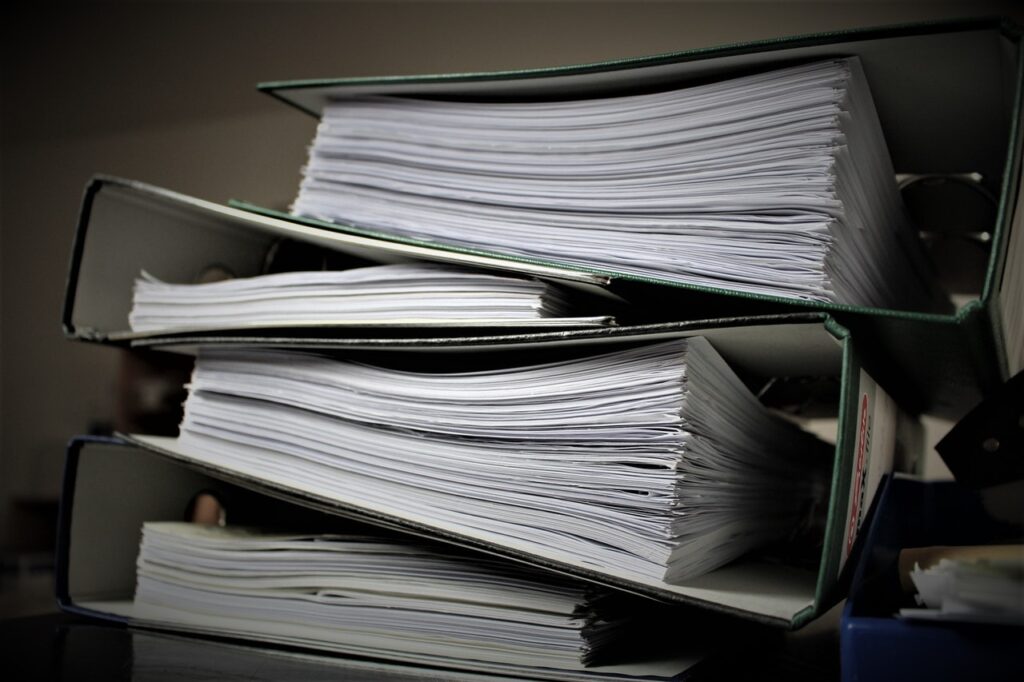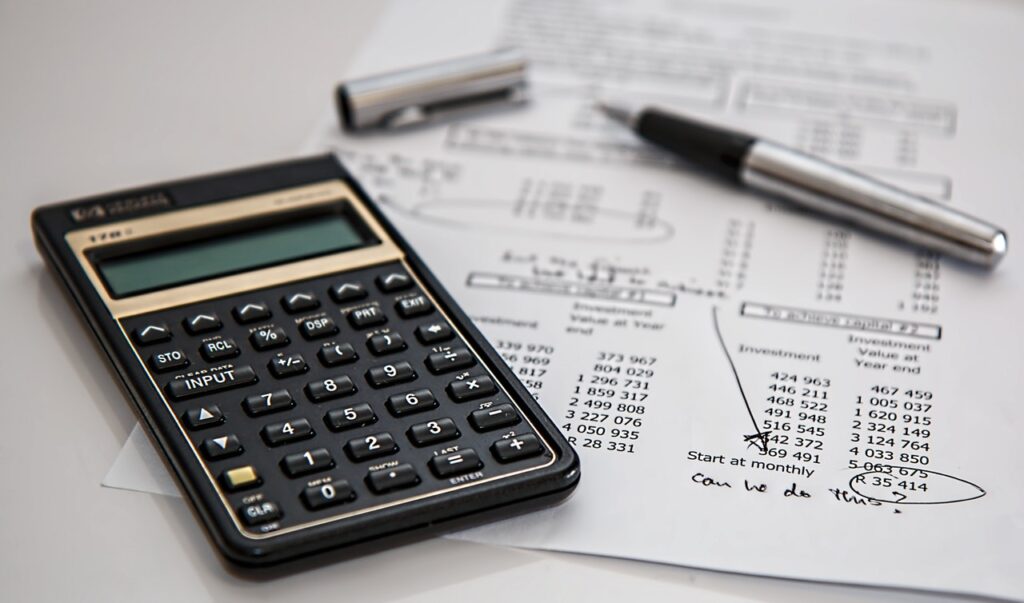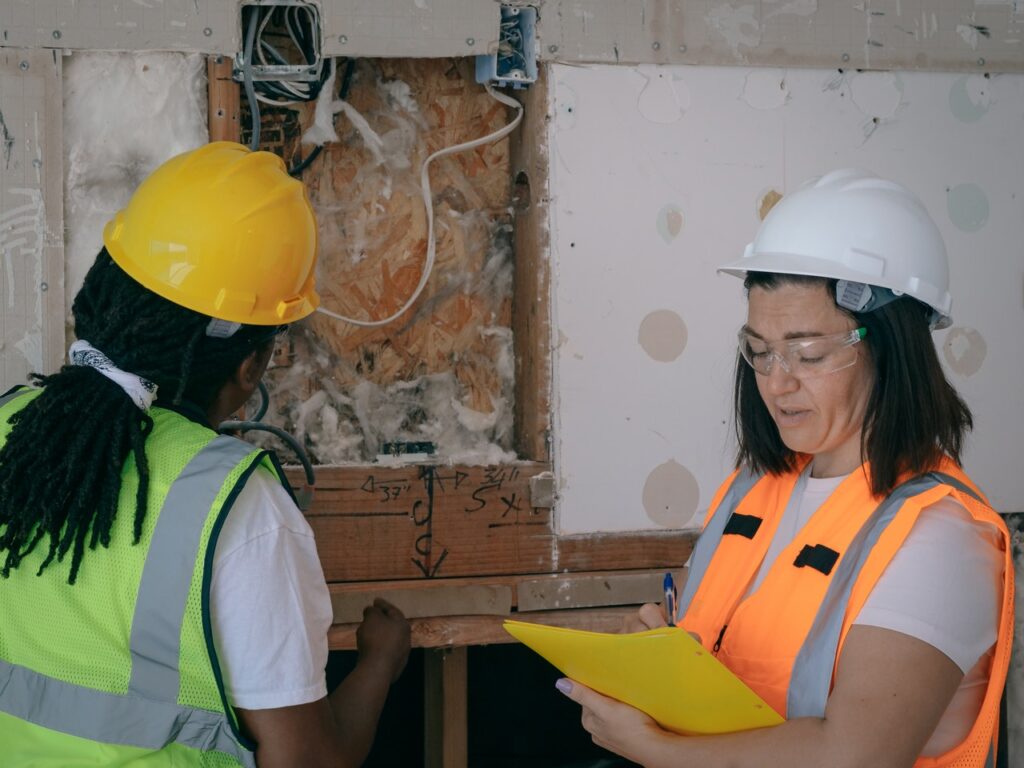
10 Steps to the Procurement Process
There are many different moving parts that must be managed upon starting a construction project. Among the most important parts involves the procurement process. Procurement is a highly important process that focuses on acquiring the services and goods that are necessary for the project to be completed on time and in accordance with the building plans. If all of the services and goods that the project requires aren’t properly procured by the time the project is set to begin, the project timeline could be delayed.
Because of the many different items and services that need to be procured for a construction project, the procurement process is typically handled by the project manager. This is among the most important elements of the pre-construction process since it involves preparing a statement of work, identifying the project estimate, preparing the bid documents for contractors and subcontractors, and obtaining signatures on important contracts.
The project manager must also make sure that all of the materials needed for the project are purchased in a timely and efficient manner. In the event that the materials aren’t delivered on time or don’t match the set specifications, problems could arise with the rest of the project. In most cases, the procurement process is lengthy and time-consuming. However, it’s necessary if you want the construction project to be completed at an acceptable quality.
If properly managed, this process can be finished in anywhere from 4-10 weeks. It’s possible, however, for delays to occur, which should be taken into account if you’re trying to meet a deadline. This article takes you through the 10 steps that a project manager is tasked with completing during the procurement process.
Step 1: Analyze the Project Documents at Hand

The first step of the procurement process involves analyzing all of the project documents that are in your possession, which will allow you to gather some pertinent details about the project. These details include the project dimensions, opportunities, risks, potential challenges, and any stakeholder interests that must be tended to. The main documents that should be analyzed include:
- Project charter – This document centers around the quality standards that have been set for the construction project at hand. Take note of all requirements and objectives for the project.
- Fixed-price contracts – These contracts are usually signed between the project manager and the individual or company that provides the services/materials you request. This type of contract has a set price that’s agreed upon before anyone signs. The quality of the items or services should be covered in this contract.
- Cost-reimbursement contracts – If the total costs associated with materials or some aspect of the construction project are currently unknown, you can sign this type of contract. Once signed, a cost-reimbursement contract ensures that the costs associated with services or materials will be paid.
- Project management plan – The project management plan that you analyze should be comprised of requirements management, risk management, stakeholder register, stakeholder engagement, and risk register documents.
Step 2: Create a Procurement Management Plan
Once you’ve analyzed all of your current project documents, it’s time to create a procurement management plan that will guide you through the remaining steps of this process. There are six steps to this process, which include:
- Choosing the right type of contract for every service or material you purchase
- Preparing and assessing Requests for Quotes and Requests for Proposals
- Awarding numerous contracts and signing each of them
- Managing the project quality and performance
- Managing any changes or issues with the contracts
- Closing the contracts
Every step in the procurement management plan can take you anywhere from a few hours to several weeks to complete. The duration of these steps will play a part in the construction project timeline, which is why efficiency and strong management is key. Make sure that you review every step in this plan to reduce the chances that you make a mistake with a contract or a Request for Proposal.
Step 3: Develop a Budget

At this stage of the procurement process, it’s essential that you develop a budget and obtain cost estimates, which are necessary if you want to make sure that you don’t exceed the project budget when procuring the proper materials and services. This is an important aspect of the planning stage if you don’t want to be in a situation where you far exceed the amount of money the property owner is willing to spend on the project.
During this process, you should speak with stakeholders to make sure that the estimated costs fall under the set budget. Stakeholders are any individuals or companies who have an interest in the project results. While project managers are usually able to create cost estimates on their own, you could also hire an external estimator to complete this process for you. With cost estimates in hand, it should be easy for you to determine if the proposed costs meet the set budget.
To obtain accurate estimates, you’ll likely need to take the time to accept bids from different vendors who will sell you the products and materials you require for construction. These vendors will send in bids that usually come with cost estimates. You’ll then be tasked with comparing these bids and making decisions on the vendors you would like to partner with for the upcoming project.
Step 4: Proceed with Procurement Process
The fourth step in the procurement process involves everything from advertising to project risk management. Advertising refers to the marketing you do to appeal to prospective vendors. The most reputable contractors and subcontractors likely receive service requests on a regular basis. If you want your preferred contractors to work on your project, it’s important that you make your project more appealing with advertising.
Data analysis also plays a key role in the procurement process. The future decisions you make throughout the construction process should be based on data that’s been thoroughly analyzed by you and anyone else involved in the procurement management process. As for project risk management, this aspect of the procurement process focuses on identifying and managing any project risks, which should significantly improve the likelihood of success.
Step 5: Proposal Requests

Request for Proposal documents will be sent out at this stage of the process, after which you should receive bids from prospective vendors. Documents may also be requested pertaining to the price, technical specifications, or terms of the contract.
You should also take this time to obtain the necessary permits for the project at hand, which could include standard building permits, electrical permits, mechanical permits, and plumbing permits. The contractors you hire could help you apply for these permits. You should also think about requesting the services of a permit expediter to help you speed up the process.
Step 6: Select & Sign Agreements with Vendors
Once you’ve assessed all of the bids that have been returned to you by prospective vendors, it’s time to select the vendors you want to work with and sign the appropriate documents. This is among the most important phases of the procurement process. The contractors, subcontractors, and vendors you hire will dictate whether your project is a success or failure.
The project manager should know exactly what types of questions to ask prospective vendors before hiring them. If you’re hiring a general contractor for the project, make sure that you ask about the level of experience they have, the licenses they’ve obtained, and any references they can give you from past customers. Once you’ve made your final hiring decisions, all parties must sign contracts. As mentioned previously, the two types of contracts that you can sign with each vendor include fixed-price contracts and cost-reimbursement contracts.
Step 7: Inspections on Deliverables

Once the necessary contracts have been signed and the procurement process has progressed, you should focus on inspecting the deliverables. Every product, service, activity, or component that’s delivered after contracts have been signed should be reviewed extensively to make sure that the results adhere to the signed agreements. For instance, any materials you procured should be inspected to make sure that they match the specifications that you gave the vendors.
Step 8: Claims Administration
The construction procurement process can be a lengthy and complicated process, which is why claims are oftentimes made by vendors and project managers alike. If some of the materials you received don’t meet the necessary specifications, a member of your construction team may make a claim. This claim will then need to be tracked, fully processed, and managed.
Try to resolve most claims during the procurement process. Make sure that any resolutions meet the contractual agreements that were made between the project manager and the vendors. Once the deliverables are approved, the vendors can make payment requests, which are some additional claims that should be answered with payment.
Step 9: Conduct Documentation Audits

While the procurement process is ongoing, it’s important that you conduct extensive documentation audits, which usually center around the contracts that have been made with vendors. You should inspect the contracts and contracting processes to make sure that the contracts are being met and that the procurement process is being completed efficiently and on schedule.
During this stage of the process, you’ll be tasked with evaluating the vendor’s performance. Among the most beneficial aspects of conducting documentation, audits are that official records will be created, which can be referenced by the construction team throughout the remainder of the project.
Step 10: Procurement Process Closing
The final step in the procurement process is the closing of this process. The initial project agreement should include details on what the closing process entails. The end of the procurement process can be defined in different terms with each project. If you want to make sure that the procurement process completion date doesn’t change, you’ll likely be required to obtain insurance and a construction bond for the upcoming project.
This process can be made more efficient with procurement audits and structured negotiations. Keep in mind that there are extensive records and documents produced during this stage of the procurement process, which can include everything from payment receipts and contracts to Request for Proposal copies.
While the procurement process is known for being among the most time-consuming elements of the pre-construction phase of development, it should be considerably easier to complete now that you have a better understanding of how the process is structured. With these steps in mind, you should be able to maintain your current project timeline.

Jason Somers, President & Founder of Crest Real Estate
With over 15 years of professional experience in the Los Angeles luxury real estate market, Jason Somers has the background, judgement and track record to provide an unparalleled level of real estate services. His widespread knowledge helps clients identify and acquire income producing properties and value-ad development opportunities.
Learn more about Jason Somers or contact us.



